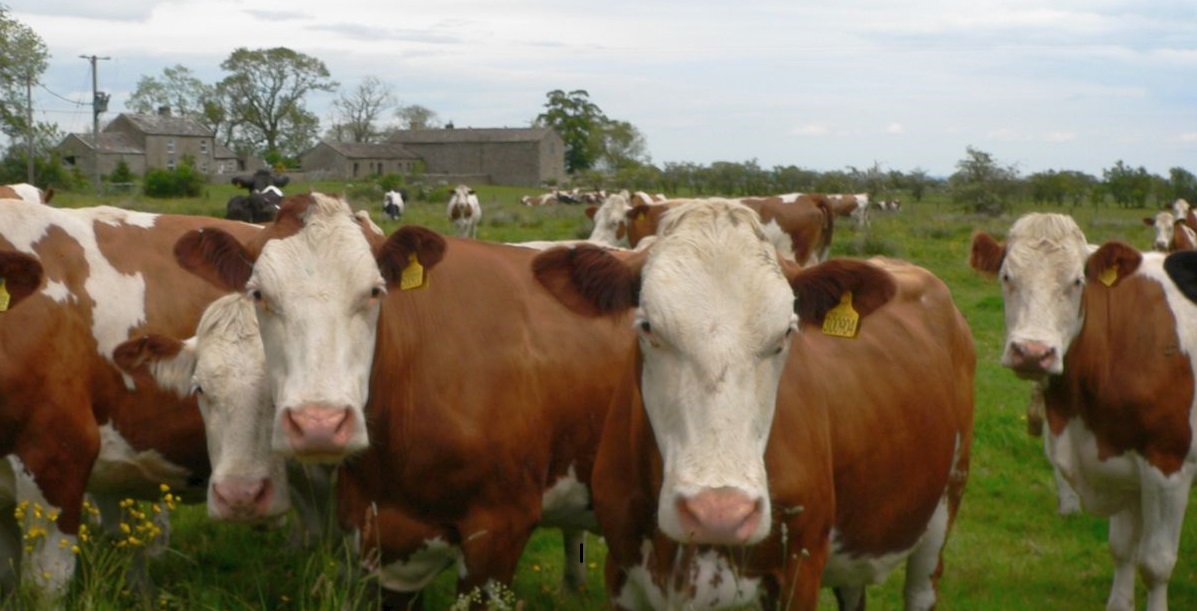
NFU Scotland is contacting abattoirs and processors this week to gain clarity on how “maximum moves rules” are to be applied to cattle.
In recent weeks, there has been growing concerns amongst cattle producers regarding the decision of some abattoirs to impose penalties and deductions on the price paid for cattle entering plants if they have spent their life on several farms.
Most recently, Dunbia made an announcement that they were to reduce the payment for cattle that had been on more than four farms.
After contacting the Scottish Association of Meat Wholesalers, it has become apparent that within its membership, different abattoirs are deducting different amounts, for varying numbers of moves.
Furthermore, the definition of a move is unclear. Some abattoirs define it as a change of ownership whereas others view this as a change of residency, catching out those cattle who have simply moved from farm to farm within the same business.
NFUS Livestock Chairman Charlie Adam said: “It is already apparent that every processor appears to be operating to its own individual standards hence the need for NFUS to contact all plants to find out just what is happening.
“First and foremost we need clarity from each processor on its definition of a move. There appears to be two different rules in use - one based on the number of times an animal has changed ownership, the other counting the number of farms the animal has been on – regardless of whether those farms are owned by same business.
“We also need processors to clarify how many moves are permitted before deductions are applied and what the level of deduction will be.
“Farmers buying and selling cattle need to know exactly where they stand. We are contacting processors this week to get a clear understanding of each plant’s policy. Given that each processor is taking a different approach, we will collate the responses we receive so that members are in no doubt about any individual plant’s position on this.
“The Union’s livestock committee has already discussed this matter and agreed that limiting the number of moves cattle can have before penalties kick in at the abattoir is a worry. Given Scotland’s geography and climate, it is not unusual for cattle to be born on one farm, then moved to another over the winter months to secure the best shelter then moved elsewhere to graze the next summer. Within Scotland’s traditional systems, the number of movements cattle make can quickly stack up.
“Once we have clarity on the different policies plants have in place, we will be discussing with retailers and processors the effect these rules have on beef farming.”
